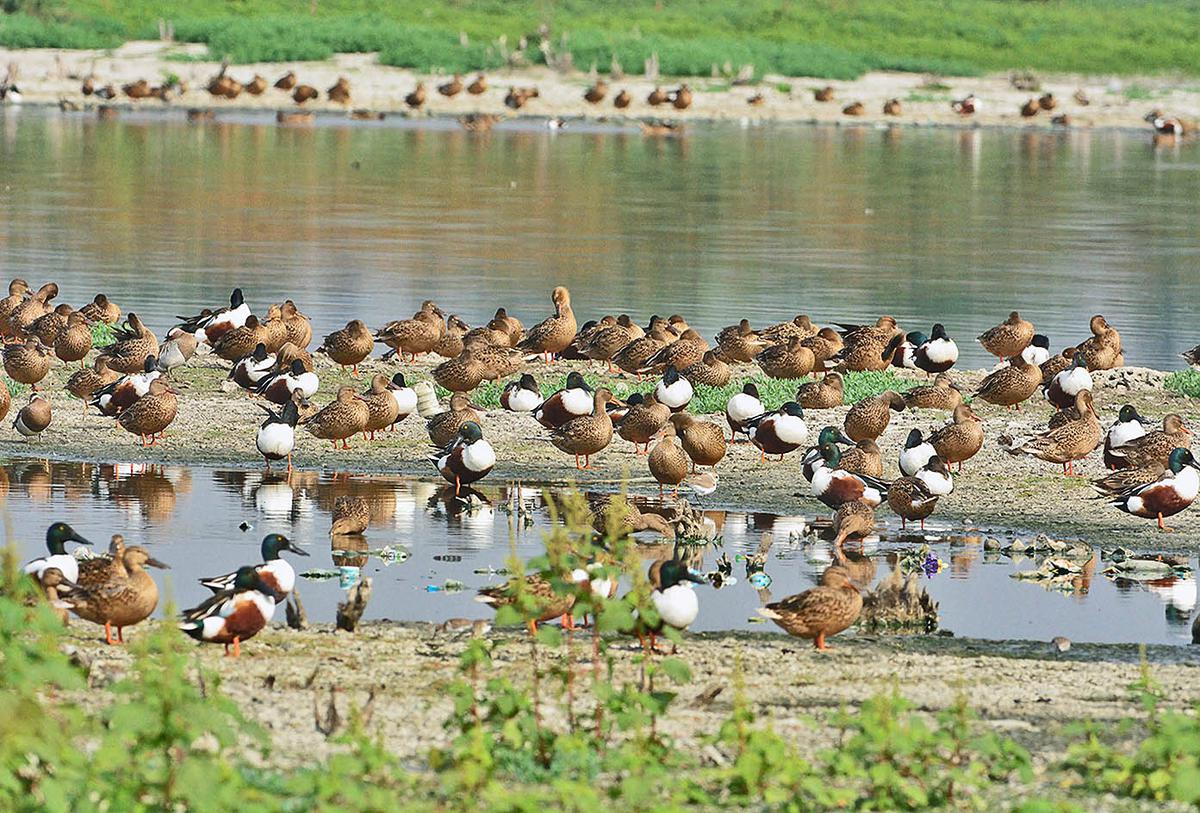
India has a special role to play in protecting migratory birds - Wetlands scientist
The Hindu
Wetlands scientist S. Sivakumar also expressed concern over the socio-economic dimensions affecting migratory birds and said that it included threats primarily due to habitat loss and hunting.
S. Sivakumar, wetlands scientist at Bombay Natural History Society (BNHS) has underscored the critical life-sustaining role of wetlands in providing a safe habitat for migratory birds and the livelihood potential for urban and rural dwellers in the emerging tourism sector of Bird watching.
Speaking at a two-day programme on “Studies on the migratory birds of India and their relevance for the wetlands of Puducherry” organised by Svarnim Puducherry, Sri Aurobindo Society, here on Saturday, Mr. Sivakumar said that globally, nine international trans-border flyways have been identified, which form the migratory routes for different species and population of birds.
“India has a particularly special role to play in protecting migratory birds, as it lies in the pathway of three different migratory routes - the Central Asian flyway, the East Asian flyway, and the East Asian-Australasian flyway. While scientists have identified the Kaliveli bird sanctuary in Villupuram district as a major wetland in the Central Asian flyway, the catchments of Oussudu and Bahour lakes and their satellite water bodies are critically important components of this ecosystem,” he said.
He said that India’s eastern coastline, of which Tamil Nadu and Puducherry form a part, in providing refuge and habitat suitable for shorebirds, which cannot be easily found on India’s west coast.
Mr. Sivakumar also expressed concern over the socio-economic dimensions affecting migratory birds and said that it included threats primarily due to habitat loss and hunting. On the other hand, opportunities due to bird-watching are one of the fastest-growing subsectors of tourism, he pointed out.
Farmers of Bahour had shown long-term resilience in warding off modern developmental threats and preserving their heritage. For livelihood opportunities places like Bahour offer multiple avenues to attract tourists he said, adding that Bahour had a huge potential to promote agriculture tourism, cultural tourism, eco-resorts, and in terms of migratory birds, breeding ground for herons and bird watching clubs, he added.
T.P. Raghunath, Director of Svarnim Puducherry and Joy Ganguli of Sri Aurobindo Society also spoke.













